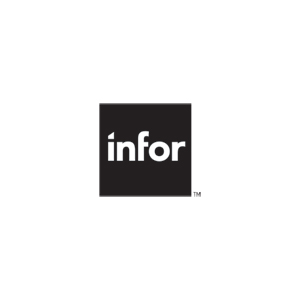Technology has enabled us to have food delivered to our doorsteps in a matter of minutes, and find solutions for just about every maintenance, computer, or health problem we may have–all thanks to the internet. These conveniences have allowed for consumers to feel the ease of both speed and efficiency from just about every website they visit. However, because citizens are able to navigate consumer websites with such ease, they are beginning to expect the same quality of service when dealing with government agency’s digital platforms.
And while public sector agencies realize the importance of modernization and digital transformation occurring in the private sector, keeping up with the times is a lot easier said than done. In fact, in a recent Deloitt survey, 69% of public sector workers think that their agency’s digital transformation is falling behind the private sector’s own development.
This problem, while immense, does have a number of opportunities and solutions. At GovLoop’s recent online training, How to Embed Digital Transformation at Your Agency, Steve Dahl, Deloitte Consulting LLP Global Public Sector Finance Leader and Christian Georgeou, Product Manager at Infor, discussed the ways in which agencies can combat the struggles that digital transformation brings about, and what to consider while in the midst of a digital transformation.
There are five areas of focus that agencies should look at before completely delving into a digital transformation, according to Dahl.
- Strategy: Compile a detailed, holistic strategy that seeks to tackle every aspect of digital transformation. Assess your workforce and technology needs for the digital transformation. And most importantly, keep your strategy citizen-centric, or with your citizen users as the main focus. “
- User Focus: “How can citizens be involved in this process?” To do this, Dahl says, look at ways you can “bring in social components, embrace and embed that into the design, and engage people to really be a part of things.”
- Culture: What have you already done to enable your agency’s culture to be “more agile, and to have an entrepreneurial spirit?” Make the culture more collaborative, and think about how your office is set up, is that conducive to forward thinking?
- Workforce skills: Have you “looked at you talent pool? Considered development bootcamps?” Do what you need to do to get them to where they need to be.
- Procurement: Try to figure out if your agency is nimble enough to be able to do what you need to do to have an agile process, and bring in the tools and technology needed to get you there.
Once you’ve examined these areas of focus, make sure that your agency is ready to take on digital transformation, Georgeou mentions six ways to ensure that your agency isn’t cutting any corners in going digital:
- Assemble a team. Include representatives from each relevant department and key policy makers who will own and coordinate the design of business processes. Like Dahl touches on, you can’t expect a complete digital transformation to take place overnight, and you can’t expect it to be done by people who aren’t equipped with the right knowledge to do so.
- Take note of where you are today. Assess how your agency currently measures up. Mapping out the citizen’s journey of your website as it is can be a great way to spot potential areas that need digital improvement.
- Identify your audience. Once you have an accurate depiction of your agency’s current digital standing, it is then necessary to identify your audience. Specifically, look at both the macro and micro user personas you need to serve.
- Develop an overall goal. Again, the digital transformation is primarily about the user–the citizen. Because of that, it’s important to “agree on a targeted vision for the customer experience.” Focus your team’s efforts on a goal you can all agree on, and keep the end-game in mind.
- Engage stakeholders. Engage public and private stakeholders for regular incremental testing, to validate user expectations around experience and service design. This allows you to solicit feedback, and to develop prototypes to test before releasing a final product.
- Optimize service design. Remember to review underpinning policies and regulations and optimize service design to create a citizen-centric service model. Use every tool in your shed to ensure that the citizen digital experience is as seamless as possible.
Overall, the digital transformation is all about “closing the gap between what your digital citizens expect and what your analog agency can actually deliver,” Georgeo says. Trying to keep up with citizen expectations is hard, but it’s important to get them involved, and show that your agency is at least trying to keep up with digital transformation. Georgeo and Dahl both agree that digital transformation is necessary, and also understandably difficult to implement. However, fully embracing your agency’s digital potential will bring you closer to your citizens, and allow for a more holistic form of communications in the public sector.






Leave a Reply
You must be logged in to post a comment.